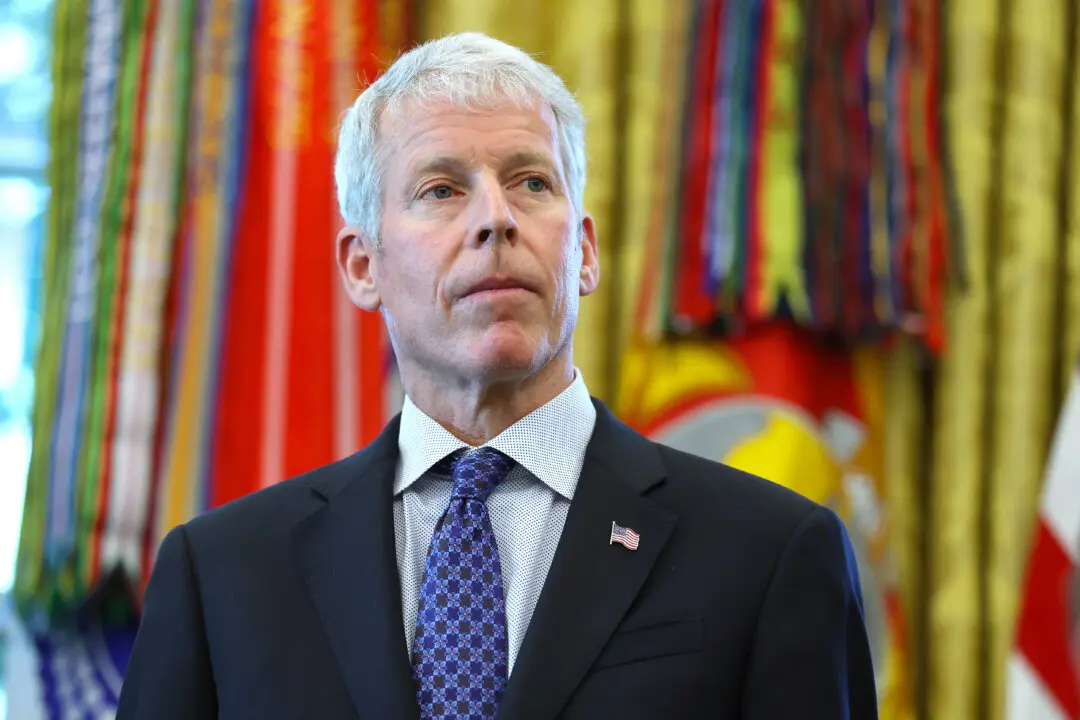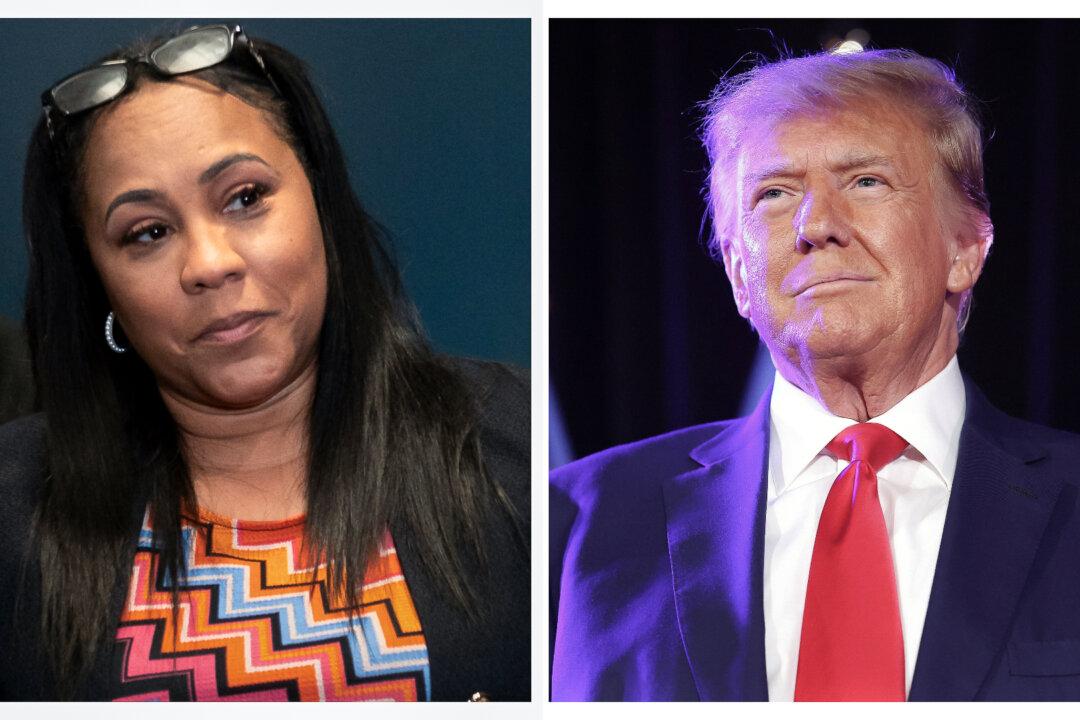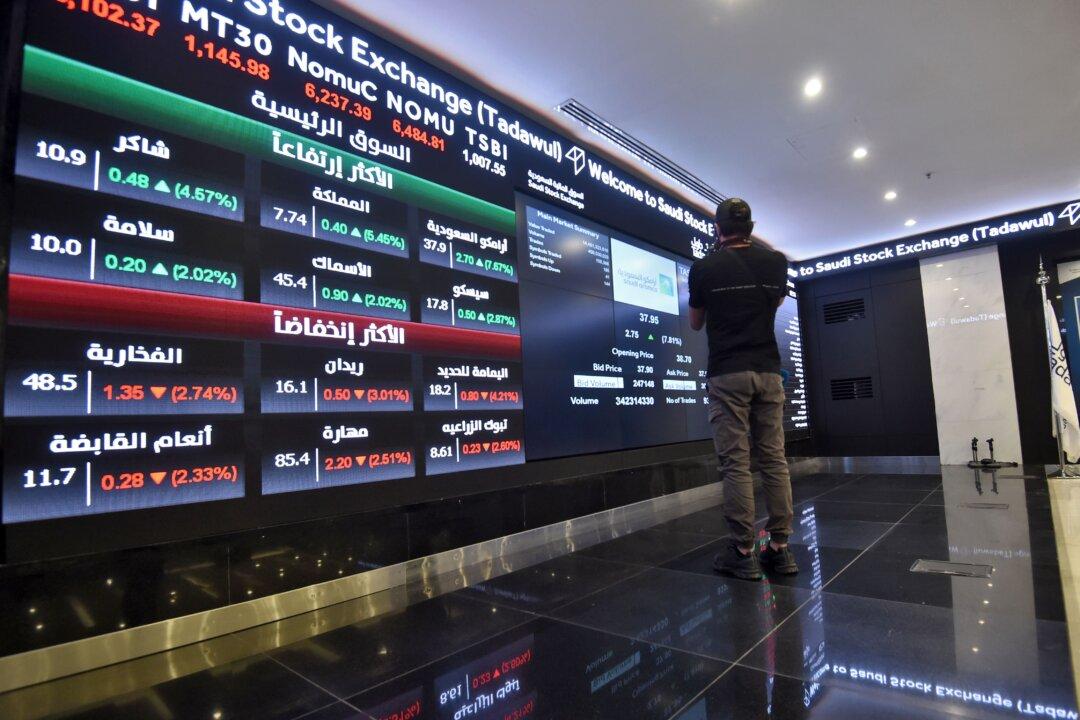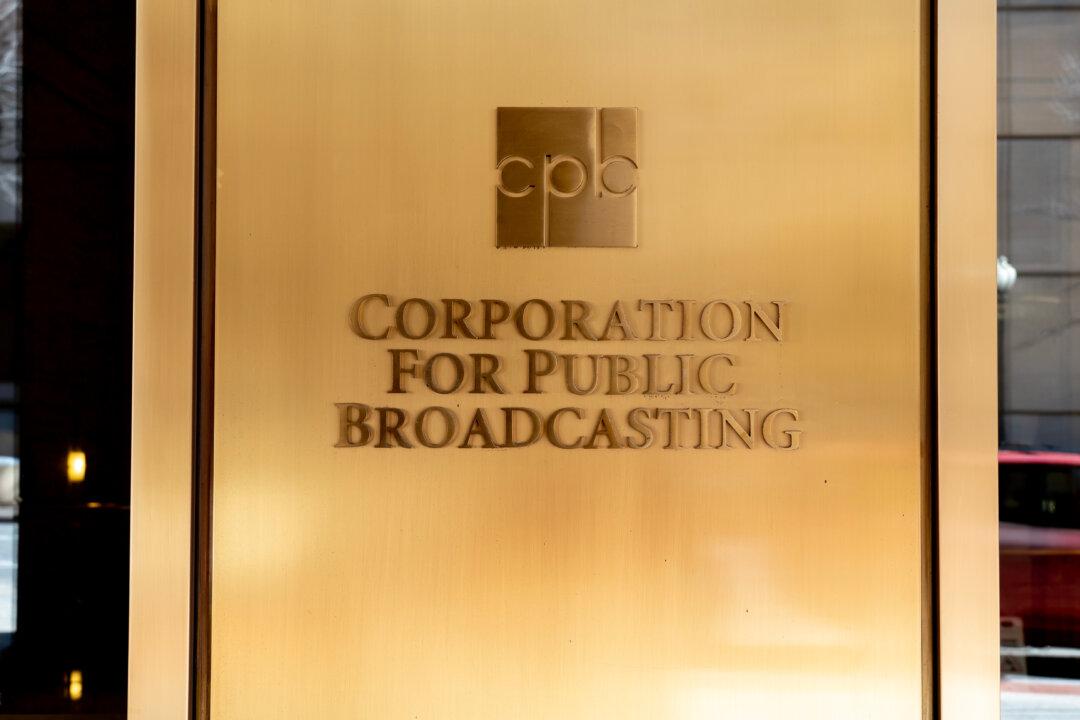Federal student loan payments have been on pause since March 2020. But that will change soon.
The U.S. Department of Education, which oversees a $1.6 trillion portfolio in federal student loan debt owed by about 43 million Americans, has posted a notice at the top of its student aid website confirming when borrowers should start paying their bills again.





